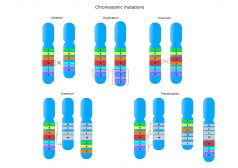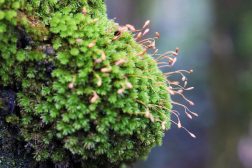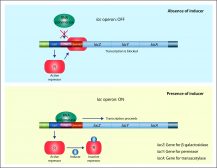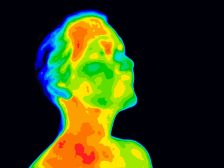Definition
noun, plural: nyctinasties
(botany) The nastic movement of plant parts such as leaves and petals in response to darkness
Supplement
Nyctinasty refers to the nastic movement of leaves or petals of higher plants in response to darkness (or the alternation of day and night). The closing of a flower at dusk, for instance, is a biological rhythmic event. Another is the sleep movement of the legume leaves during the night.
Nyctinasty is diferent from a tropic movement (tropism). Tropism is a directional movement or growth response of a cell or an organism to a stimulus, which may either be positive or negative depending on the source and kind of stimulation. In other words, tropism is associated with the growth response of the plant to a stimulus. Phototropism, for instance, is a form of tropism wherein plants grow towards the source of light (positive tropism). In nyctinasty, some plants are able to assume a position at night that is different from their position during daytime. It is a biological rhythm since this behavior recurs in each circadian day. The sleeping position of these plants are said to be associated with pulvinar movement, circadian clock, and light signal transduction through phytochrome. Pulvinar movement involves pulvinar cells at the base of a plant leaf (or leaflet) or at the apex of the petiole that facilitates nyctinastic and nastic movements in a mechanism similar to stomatal closure.
Synonym(s):
- nyctinastism
- nyctitropism
See also:
Related form(s):
- nyctinastic (adjective)







